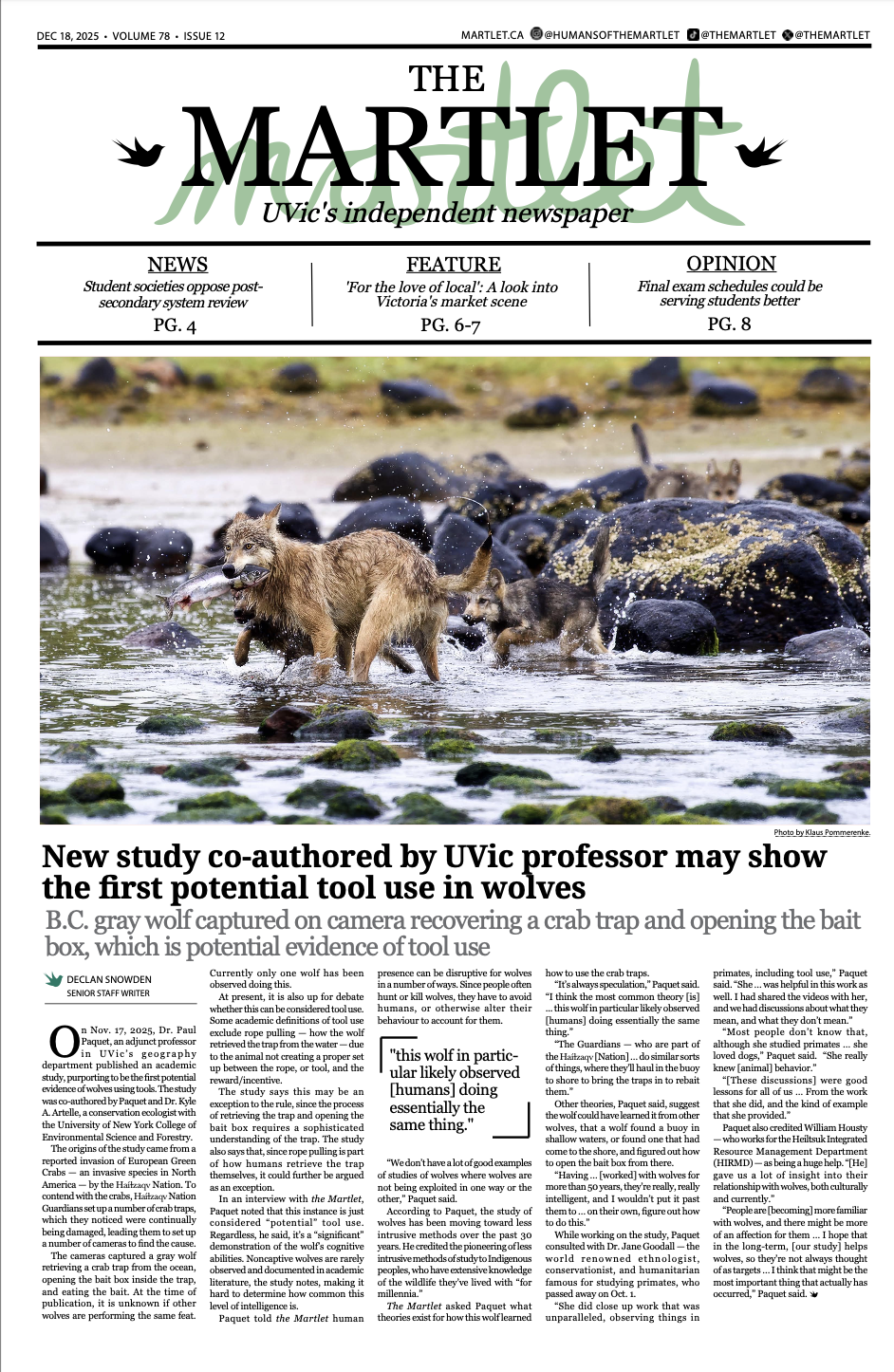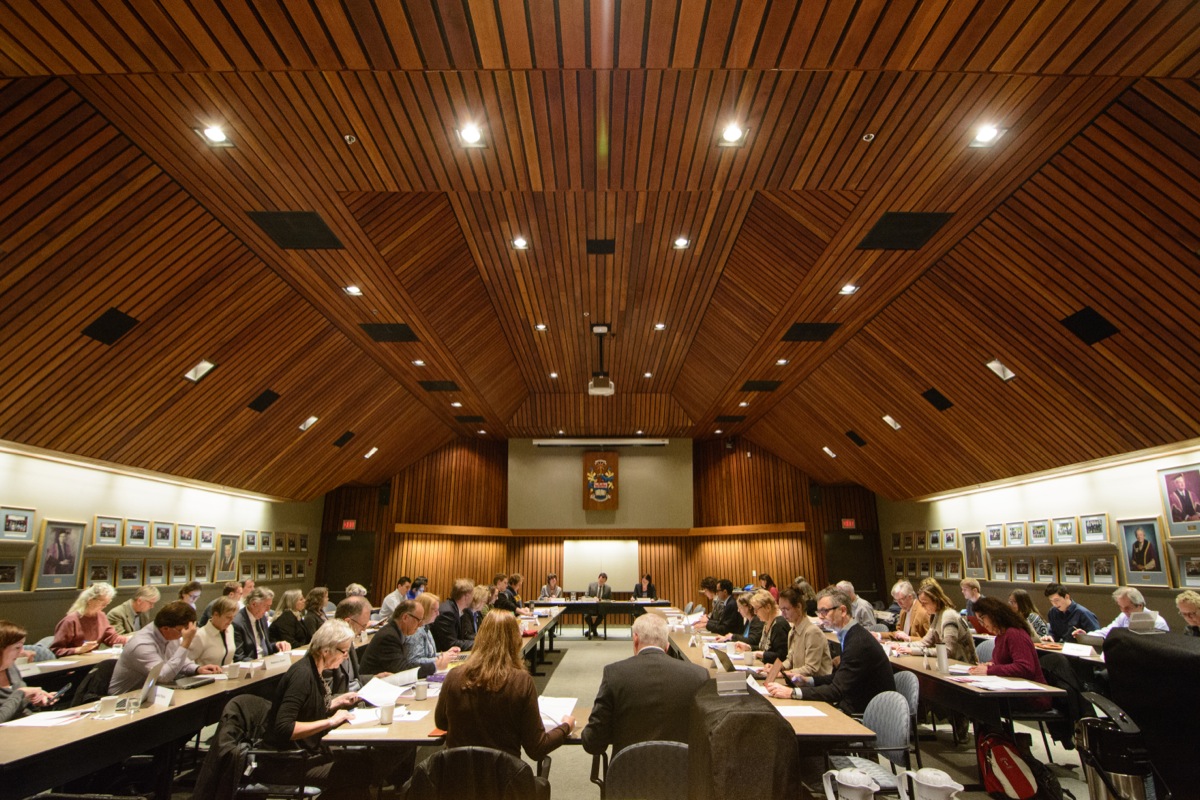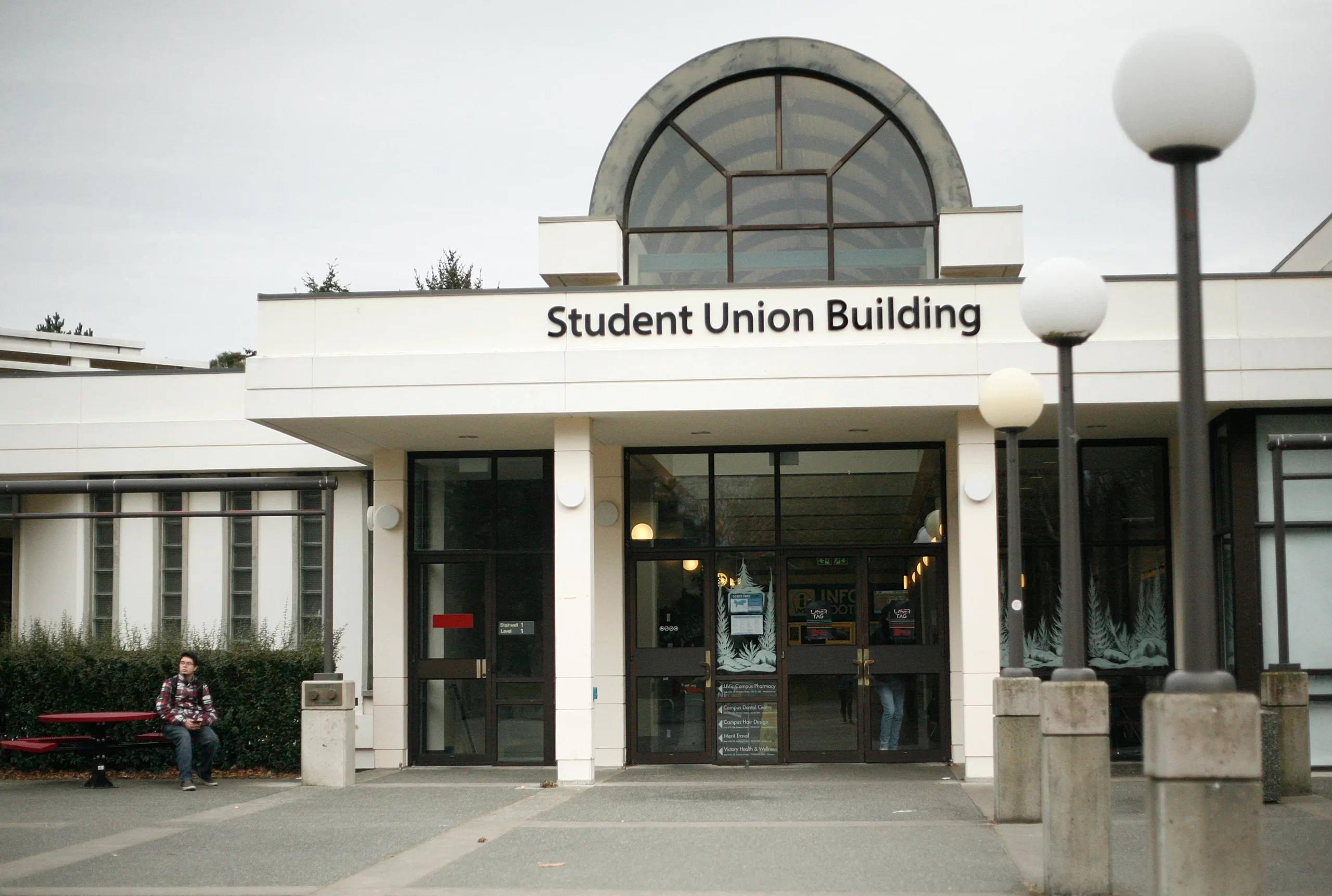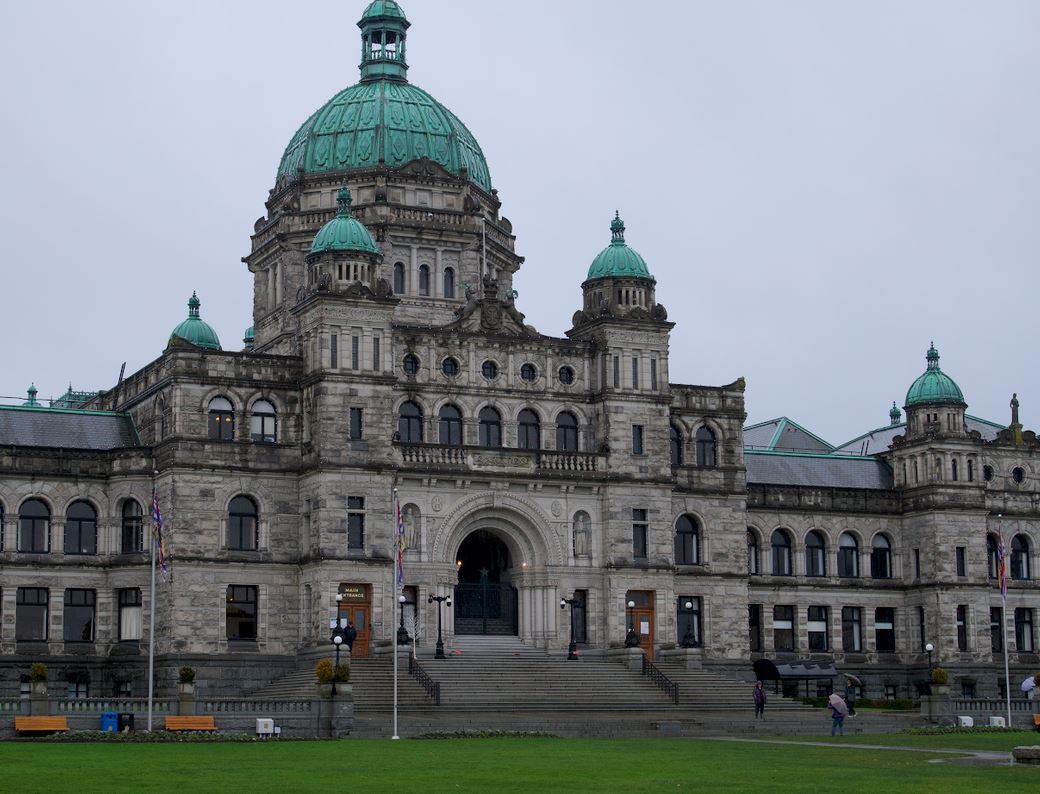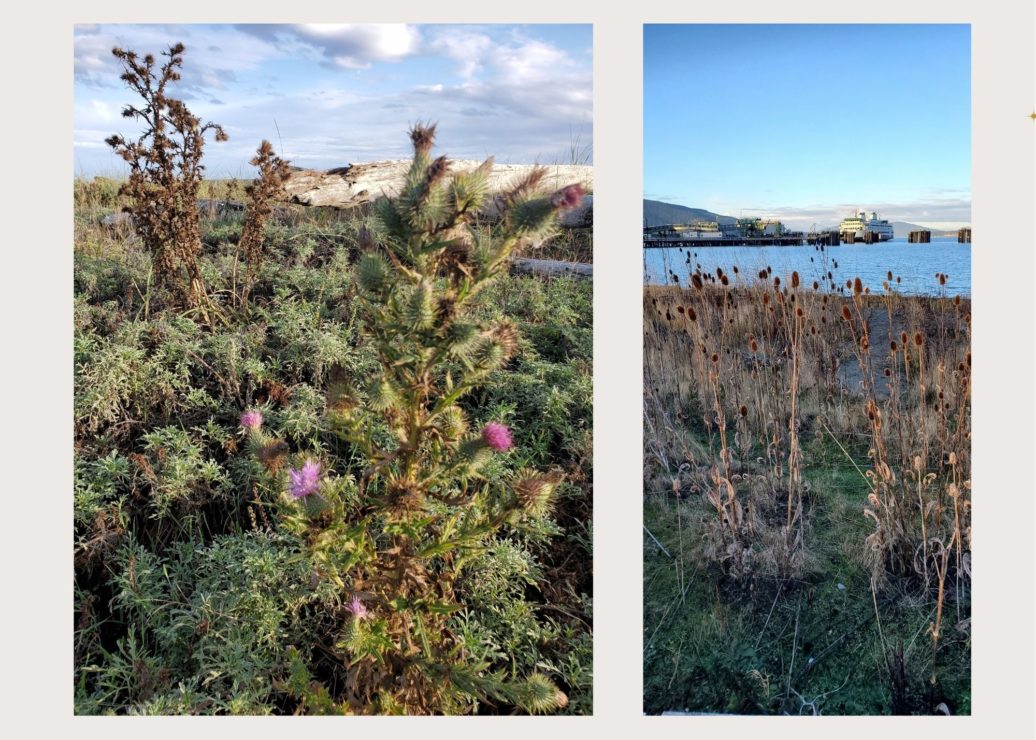
Robyn Kimmerer, professor, mother, scientist, and member of the Potawatomi nation, reminds us in her book Braiding Sweetgrass that the plants and animals of Turtle Island are the first teachers; the plants and animal inhabitants taught the first humans who landed on the continent how to live and how to grow. In many communities, they still do. Since time immemorial, these teachings have been incorporated into our distinct cultures, languages, technologies, artworks and land and water-based-stewardship practices.
This intergenerational knowledge isn’t mystical. It is practiced, practical, and far more sustainable than the lifestyles spread by imperialism. Intergenerational knowledge and place based relationships are sophisticated, carried by families and adapted and modified from generation to generation. This helps meet the needs of Indigenous communities while imparting respect for our relations, human and nonhuman, living and yet to live. And yet, the myth of the untouched wilderness, continually fostered by white environmentalists like John Muir, has erased the relationships between Indigenous peoples and place since the myth’s violent inception. The myth of the untouched wilderness has always excluded and ostracized Indigenous peoples and our relationships to place. In order to uphold the values of sustainability, it is the responsibility of non-Indigenous communities to center the needs and follow the leadership of those Indigenous to the land, most importantly by giving land back.
The myth of the untouched wilderness finds a strong following in the art world. Hudson River School painters such as Albert Bierstadt created stunning recreations of outdoor scenes described by the likes of Meriwether Lewis, of the Lewis and Clark expedition. Bierstadt crafted breathtaking landscapes on giant canvases while leaving out several notable features, including the Indigenous peoples. In the modern era, this type of “artistry” is also perpetuated on Instagram by stars like Kylie Jenner, who posed on ancestral Paiute lands on the Navajo reservation while the community was on lockdown due to the spread of COVID-19. White Americans, Canadians, and other imperialists alike have been captivated by the idea of a wilderness that was never before explored. The irony of travelling to “unexplored lands” using the intricate pathways developed by Indigenous communities seems to have been lost; to this day, much of the highway systems in the U.S. states of Michigan, Wisconsin, and beyond are based upon trails of the Chippewa and Anishinaabe, for example. Historians, artists, developers, and “environmentalists” alike continuously erase the ongoing histories and bodies of Indigenous peoples from the land.
In the case of Yosemite National Park in the United States, the violence of erasure and exploitation of Indigenous peoples has been well documented. The Ahwahneechee people, who lived in the conquested lands deemed to be Yosemite national park, were violently relocated by the park’s service several times. Their longstanding village was intentionally flooded when a dam was created, destroying burial sites and riparian ecosystems. Decades later, the parks service made the displaced people live in an “Indian village” for tourists to “observe” and mock. In 1969, the homes in this village were burned down in a supposed “fire drill” (arson), and the residents were forced to become refugees yet again. This is just one example amid thousands of the National Park Service or Parks Canada intentionally desecrating Indigenous homelands. These agencies have often destroyed evidence of villages, removing tools, human remains, and other culturally affiliated items to the annals of museums or private collections without giving Indigenous communities agency over their own cultural inheritance or lands. This intentional erasure of Indigenous features off the landscapes contributes to the ongoing myth of the untouched wilderness, as well as the ignorant violence that Indigenous peoples experience throughout Turtle Island when asserting their sovereignty.
A news article from late December claimed that “Scientists don’t know why one-third of US rivers have turned Yellow or Green”. The short answer is imperialism and colonial exploitation of the land. The longer answer is that the causes are a complex combination of factors, including the runoff of excess nutrients from fertilizer and Concentrated Animal Feed Operations (CAFOs), dams and other blockages to rivers that cause decreased water flow and sediment build up, treated and untreated waste water runoff from cities and factories, land development that drains swamps leading to pollution build up downstream, changes in microclimates, the diversion of water from rivers for agriculture, the collapse of river bank ecosystems, less shaded watersheds, the removal of Indigenous peoples from their ancestral homelands, and the structural ignorance of imperialist societies to “out of sight out of mind” environmental harms — just to name a few. The article title might mean that imperial scientists don’t know precisely how much each of factors are individually contributing, but the systemic causes are generally known. Another myth perpetuated by Western interpretations of science is that you must quantify harms before you intervene. In the words of Navajo poet Kinsale Hueston, when it comes to climate injustice there is no time to get angry, there is only time to act.
How we act matters, much more than how we feel about our actions. I have bad news: buying a hybrid car isn’t going to help save the environment, given that the pre-spawn death of Chinook salmon in rivers near Seattle was recently linked to pollution from the chemicals in car tires (also hybrid cars have toxic batteries that are more energy intensive to produce, so you aren’t saving any carbon emissions either).
The myth of the untouched wilderness leads white settlers to believe that the environment will “heal itself” without intentional interventions, or that the harms to the environment are “beyond help.” Sometimes, environmentalists look to Indigenous people to solve the environmental problems of imperialism, continuing to discount or only selectively include Indigenous peoples, their cultures, their technologies, their health, and their leadership when it’s convenient or creates a good story. To be clear, it is not the responsibility of Indigenous peoples to solve climate change or to bear the responsibility for mitigating environmental damage propagated by imperialism. It is time for invasive settlers to take responsibility to live in community with the ecosystems they inhabit, rather than creating cascading environmental and social harms. This responsibility includes giving full sovereignty and agency to Indigenous people in the return of their stolen land.
Cheryl Bryce is a member of the Songhees nation. Bryce shares that one of the first steps for those trying to live thoughtfully within their community’s ecosystem is to manage invasive species; in Victoria that might mean removing scotch’s broom, canary grass, and Himalayan blackberry. Also learn on whose Indigenous territory you live, and learn more about their nation’s history, through websites like native-land.ca. Invasive species are defined as non-native species (aka a foreign or introduced species) that cause harm to the existing ecosystem. Of note, not all non-native species are invasive; some non-native species fill unique ecological niches and may contribute to the species richness and overall health of ecosystems where they become naturalized.
While not everyone is Indigenous, everyone can strive to be non-invasive while learning how to live and grow in place. As Kimmerer reminds us, we can all benefit from listening to the teachings of Indigenous plants and Indigenous peoples.




